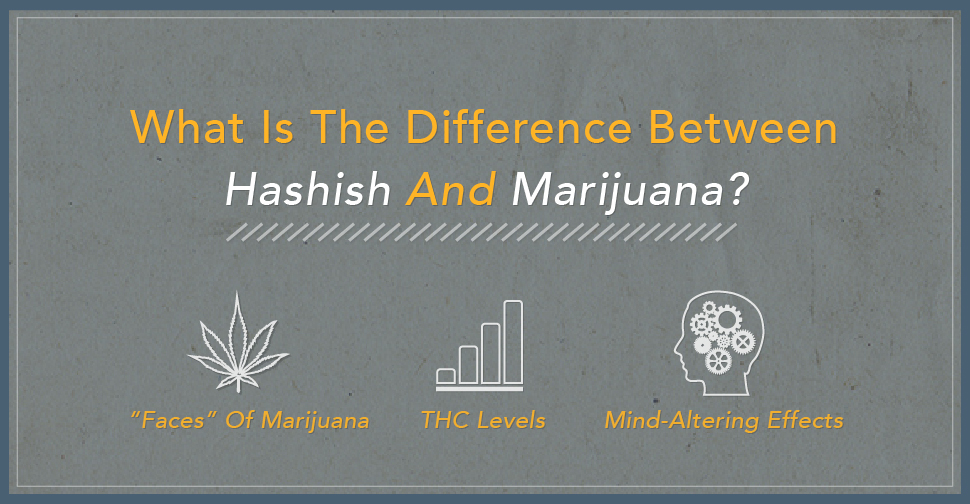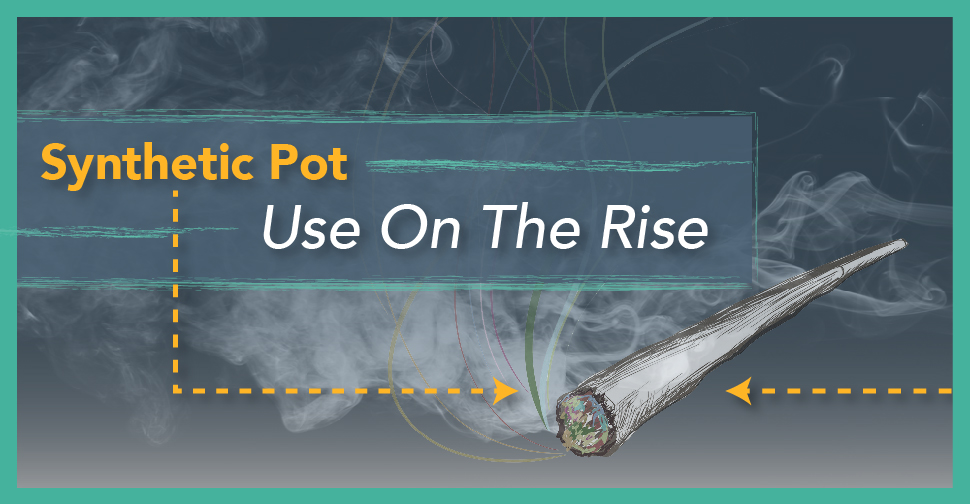
A 2016 Gallup poll found that current marijuana use nearly doubled between 2013 and 2016. Based on these findings, roughly one in eight Americans presently use this drug. With statistics this high, it’s important to understand the reality surrounding marijuana use and abuse. Many Americans grow up hearing that marijuana, or weed, is not addictive. Not only is this perspective untrue, but it’s also harmful to a person’s health. Like other drugs, cannabis use can lead to adverse health effects, abuse, and in the most serious cases, addiction.
Can Marijuana Use Become Addictive?
 The National Institute on Drug Abuse (NIDA) asserts “that 30 percent of those who use marijuana may have some degree of marijuana use disorder.” They continue, reporting that “people who begin using marijuana before the age of 18 are four to seven times more likely to develop a marijuana use disorder than adults.” For those who start in their teens, approximately one in six will develop an addiction, whereas one in nine adult-onset users will.
The National Institute on Drug Abuse (NIDA) asserts “that 30 percent of those who use marijuana may have some degree of marijuana use disorder.” They continue, reporting that “people who begin using marijuana before the age of 18 are four to seven times more likely to develop a marijuana use disorder than adults.” For those who start in their teens, approximately one in six will develop an addiction, whereas one in nine adult-onset users will.
Keep in mind, even if you’ve been using marijuana daily for some time without becoming addicted, there’s still a possibility it could happen. In fact, according to research presented by the University of Washington’s Alcohol & Drug Abuse Institute, of those who:
- Try the drug one or more times within their life, one in ten will become dependent.
- Abuse the drug on a daily basis, half will become dependent.
The most easily witnessed proof that marijuana is addictive is that it can lead to cravings, tolerance, and withdrawal. These states are all primary hallmarks of addiction.
Why Is Marijuana Addictive?
Like any addiction, this is complicated and relies on numerous factors, many of which scientists are still learning. However, some researchers theorize that the rising potency of THC in marijuana is partly responsible. The primary compound in marijuana which is responsible for creating the high is THC.
Also, as consistent with other drugs of abuse, research has identified the possibility that marijuana can alter dopamine. Within rat subjects, NIDA writes that “early exposure…decreases the reactivity of brain dopamine reward centers later in adulthood.” Due to its role in regulating reward and pleasure, dopamine is heavily linked to addiction. Even more impactful is research published by JAMA Psychiatry in May of 2016. These findings actually identified certain genes which are linked to cannabis dependence.
Regardless of how or why marijuana is addictive, the important truth is that if you use marijuana, you are exposing yourself to this and other risks.
What Are The Signs Of A Marijuana Addiction?
Like all drugs of abuse, marijuana abuse and addiction changes the way a person thinks, acts, and behaves. If you’re concerned that your loved one is abusing or addicted to marijuana, they may exhibit certain signs, such as a(n):
- Altered perception of time
- Dry mouth “cotton mouth”
- Enhanced sensory experiences
- Increased appetite “the munchies”
- Intense pleasure (euphoria)
- Laughter
- Red, dry eyes
- State of relaxation

Marijuana can also cause:
- Anxiety
- Distrust
- Fear
- Panic
- Paranoia
In severe cases, when used to excess, a user may experience acute psychosis, including delusions and hallucinations.
What Is The Criteria Of A Cannabis Use Disorder?
A cannabis use disorder (CUD) encompasses a spectrum of both abuse and dependence. As cited by Medscape, an individual with a CUD must meet at least two of the following 11 criteria during the period of one year:
A person(’s):
- Uses marijuana in amounts or for a time greater than they planned on.
- Cannot decrease their use even if they want or attempt to do so.
- Expends large amounts of time finding, using, or recuperating from using the drug.
- Is overcome with an intense need to use the drug (craving).
- Ability to carry out important responsibilities at home, school, or work is impaired by the continued use of the drug.
- Keeps abusing the drug even when it causes harm to them within relationships or social obligations.
- Withdraws or completely stops engaging in pleasurable, social, or vocational events due to marijuana.
- Uses the drug on a regular basis even when it exposes them to physical risk.
- Doesn’t stop using the drug even when they know it’s causing or worsening a physical or mental health problem.
- Doesn’t experience the same effect at the previous dose of the drug and/or needs more of the drug to create pleasurable feelings (tolerance).
- Experiences withdrawal should they suddenly stop using the drug. Or, if this occurs, they use the drug to avoid these symptoms.
- Withdrawal from marijuana can last up to 14 days. It may include cravings, irritability, physical malaise, restlessness, a suppressed appetite, and various changes to their mood and sleep.
Are There Other Risks Of Marijuana Abuse?
Despite its popularity and widespread use as a recreational drug, marijuana use is not without risks. Marijuana abuse and addiction carry some pretty serious risks which may surprise you, including:
Amotivational Syndrome
It’s theorized that marijuana is associated with amotivational syndrome, a chronic psychiatric disorder which closely resembles depression and causes:
- Apathy
- Blunted emotional responses
- Decreased activity
- Impaired memory
- Incoherent state
- Lack of motivation
- Poor concentration
- Withdrawn behavior
Cognitive Changes
Research is ongoing, however, marijuana use and abuse has been linked to memory impairment, decreased cognitive abilities, and even changes to the brain’s structural components.
As detailed by NIDA, regular exposure is particularly worrisome to adolescents. This abuse may impair “executive functions such as memory, learning, and impulse control compared to people who do not use.” Also:
“A large longitudinal study in New Zealand found that persistent marijuana use disorder with frequent use starting in adolescence was associated with a loss of an average of 6 or up to 8 IQ points measured in mid-adulthood. Significantly, in that study, those who used marijuana heavily as teenagers and quit using as adults did not recover the lost IQ points.”
Co-Occurring Disorders
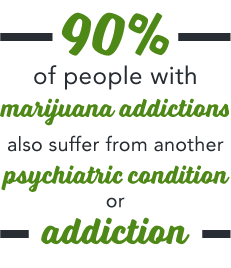 Time reports that “90% of people with marijuana addictions also suffer from another psychiatric condition or addiction.” The JAMA study illuminates the seriousness of this comorbidity. These findings link certain cannabis dependence genes to genetic risk factors for major depression and schizophrenia.
Time reports that “90% of people with marijuana addictions also suffer from another psychiatric condition or addiction.” The JAMA study illuminates the seriousness of this comorbidity. These findings link certain cannabis dependence genes to genetic risk factors for major depression and schizophrenia.
Links To Other Forms of Drug Abuse
The theory that marijuana is a gateway drug isn’t without merit after all. Though most who use this drug will not develop other forms of drug abuse, research has found a connection. A second JAMA Psychiatry publication found that “cannabis use is associated with an increased risk for several substance use disorders.”
Are You Or A Loved One Addicted To Marijuana?
Even though marijuana isn’t as addictive or dangerous as other drugs, it can still disrupt and damage a person’s life in many serious ways. And like other substance use disorders, marijuana addiction can require support and treatment. We can help you with these things. DrugRehab.org can support you as you learn more about marijuana abuse, addiction, and treatment. Contact us now.
For More Information Related to “Is Marijuana Addictive?” Be Sure To Check Out These Additional Resources From DrugRehab.org:
- Spice Addiction And Treatment
- Social Learning Theory Of Addiction Treatment
- Common Street Names For Illegal Drugs
- How Do I Get My Loved One Into Rehab?
- Environmental Risk Factors for Developing an Addiction
Sources
Gallup — One in Eight U.S. Adults Say They Smoke Marijuana
JAMA Psychiatry — Cannabis Use and Risk of Psychiatric DisordersProspective Evidence From a US National Longitudinal Study
US National Library of Medicine — A Motivational Syndrome In Organic Solvent Abusers


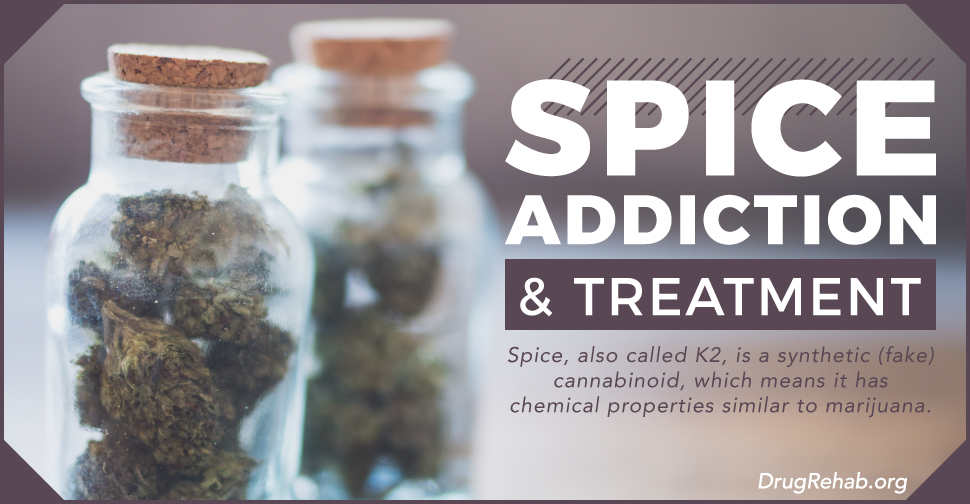
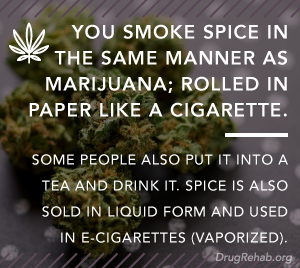
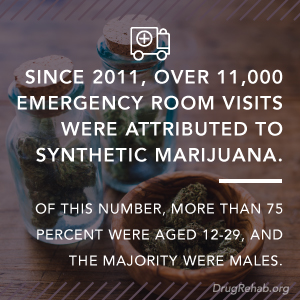
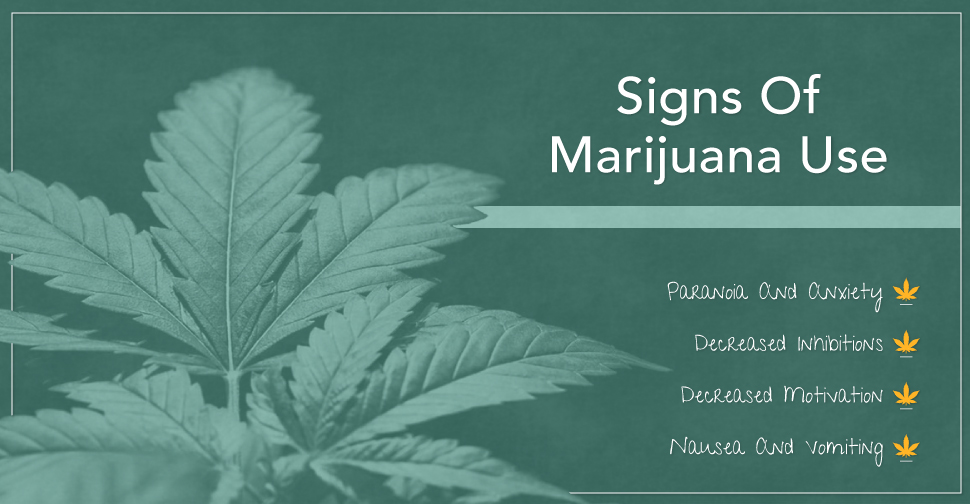
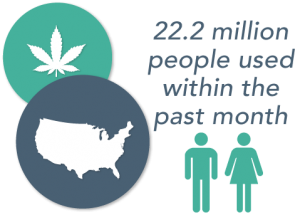

 Any time a person uses a drug, there will be some change within their physiology, and in addition, we often see side effects overtly present in their physical, mental, and emotional states. Marijuana is no different. Despite the fact that some people may think this is a harmless drug, it is not. In order to fully understand this and offer a person the help they need, we must be aware of the side effects and symptoms of this drug use, as well as the risks that they impart.
Any time a person uses a drug, there will be some change within their physiology, and in addition, we often see side effects overtly present in their physical, mental, and emotional states. Marijuana is no different. Despite the fact that some people may think this is a harmless drug, it is not. In order to fully understand this and offer a person the help they need, we must be aware of the side effects and symptoms of this drug use, as well as the risks that they impart.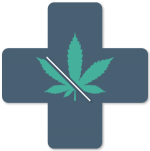 Like many drugs, marijuana has both short- and long-term effects, some of which we are just beginning to understand. Research is quickening on the subject, and the detriment of this drug is becoming more evident.
Like many drugs, marijuana has both short- and long-term effects, some of which we are just beginning to understand. Research is quickening on the subject, and the detriment of this drug is becoming more evident.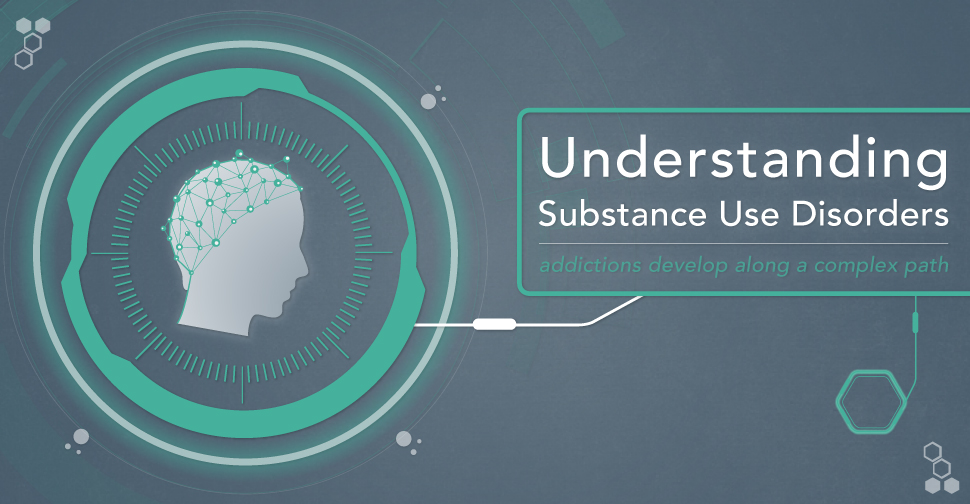



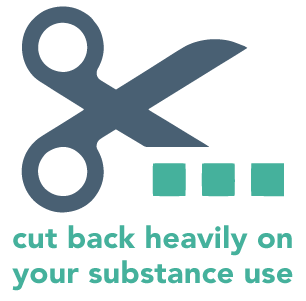 If you believe that you or a loved one have developed an SUD, you need to do the smart thing and cut back heavily on your substance use. This may be hard for you if you have developed a social need to use, such as taking smoke breaks with your co-workers or getting drinks after work with friends. However, it is important to nip this problem in the bud before it develops into the multi-headed hydra of addiction.
If you believe that you or a loved one have developed an SUD, you need to do the smart thing and cut back heavily on your substance use. This may be hard for you if you have developed a social need to use, such as taking smoke breaks with your co-workers or getting drinks after work with friends. However, it is important to nip this problem in the bud before it develops into the multi-headed hydra of addiction.
